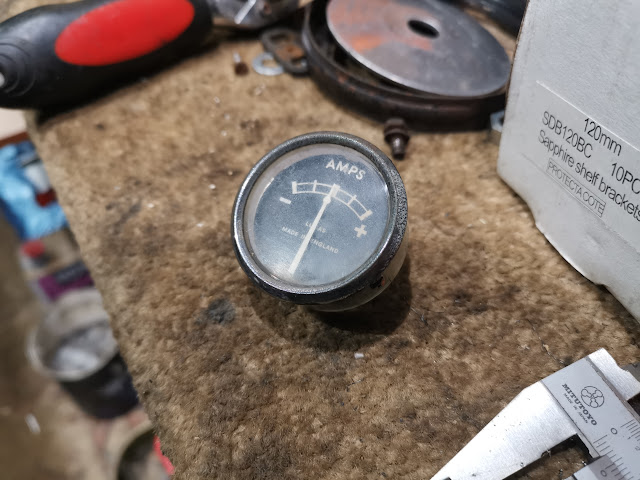As you might have read, after a prompt from the guys on the AOMCC FB page I bought some new stanchions, and very nice they are too:
Build it right, build it once I say. Here are some pits in the old ones and they will destroy the seals very quickly:
These are the original seal holders - they are supposed to be shiny chrome, and someone has cut them shorter for some reason. They are junk now.
I bought these seal holders on eBay - they are plated steel, and are very solid. They came with a set of springs (not the nice progressive springs in the background) for £65, so I thought I had a bargain; the seals themselves are standard lip seals, about £5 a pair.
I put them together with a new set of Draganfly bushes.
During that build I found the first stumbling block: the seal holder tool didn’t fit in the holder.
I needed to turn the tool down by around 2 mm on the diameter. To get it in the lathe, I had to make a plug so I could steady the end with a centre. The tool is too big to go in the fixed steady.
So now I could put the forks together…
End plug and bottom bush:
Here’s the next problem, and it’s Game Over. One of the seal holders is fine, but this one has the thread out of square with the stanchion axis:
So, they were returned to the seller, and replaced with these from Draganfly. They are beautiful.




















































